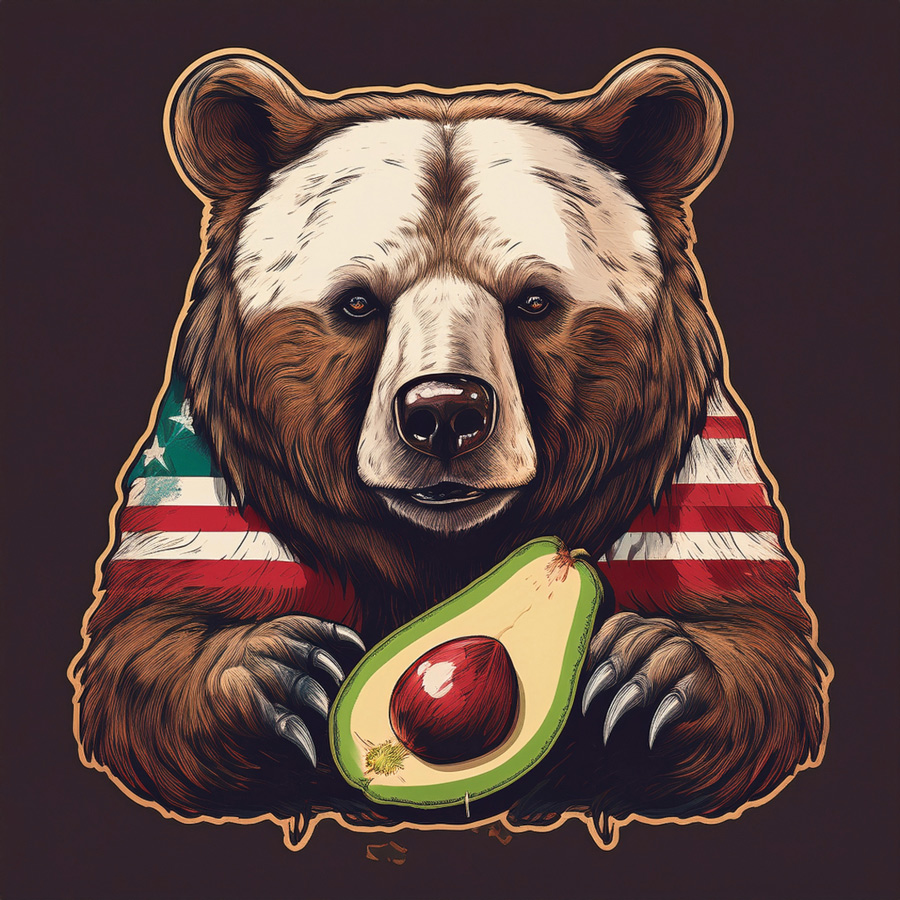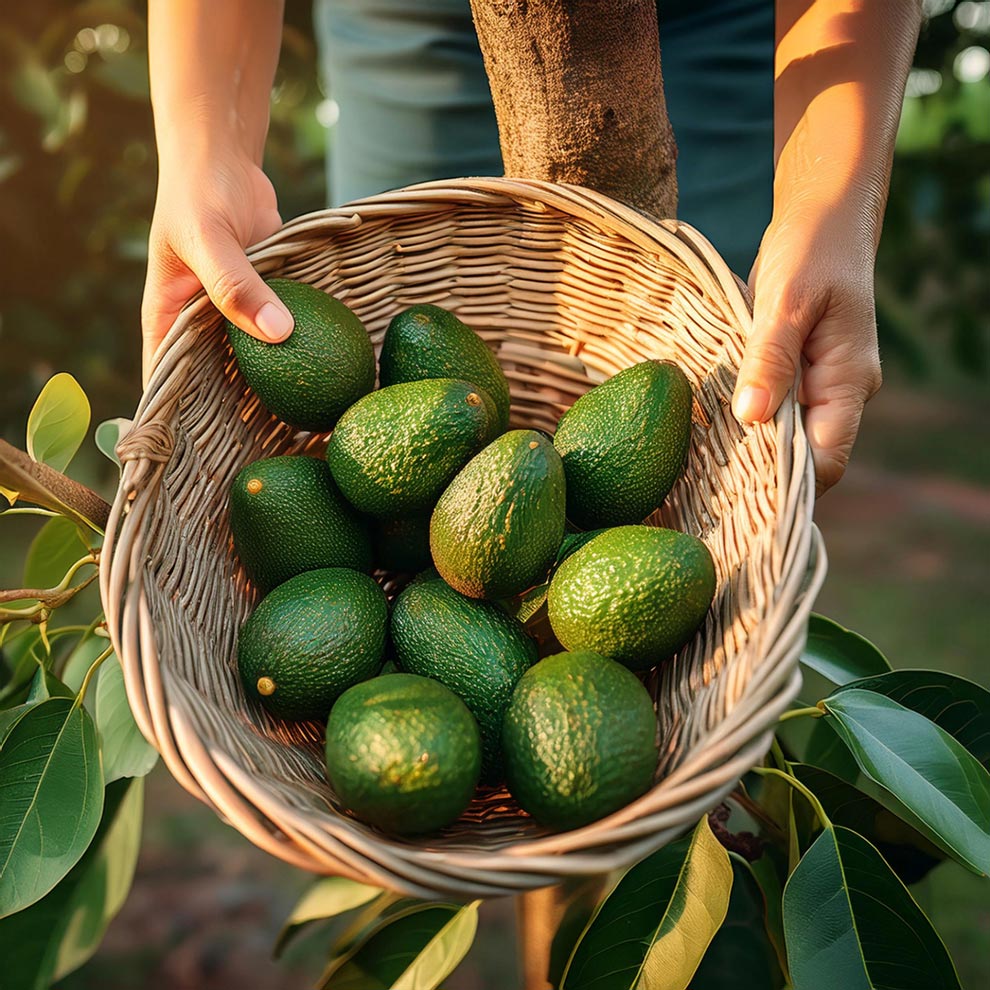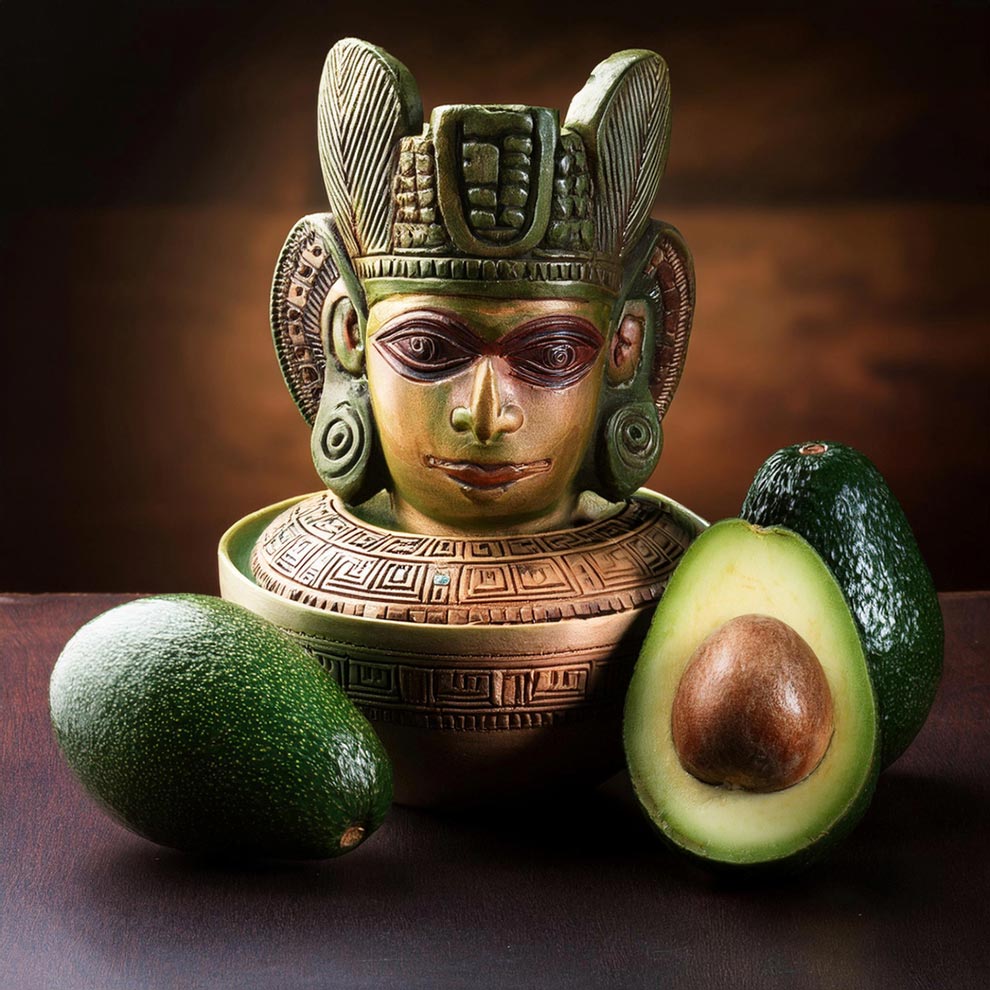Discover the Origins of the Golden State’s Favorite Green Fruit
Avocados have become a beloved staple in California — starring in everything from toast to tacos, smoothies to sushi. But long before the fruit took over farmers’ markets and Instagram feeds, its journey began thousands of years ago in Central America. How did the avocado find its way from ancient civilizations to California’s coastline and ultimately become a cultural and agricultural icon?
In this blog post, we uncover fascinating California avocado history facts, exploring how it all started, how the industry grew, and why California is now the heartland of American avocados.
Embrace the pop art vibes with this vibrant and eye-catching design. Made with high-quality fabric for ultimate comfort and style. Art inspired by Roy Lichtenstein. Shop today!

🥑 Ancient Beginnings: Avocados in Early Mesoamerica
- The avocado originated in south-central Mexico over 10,000 years ago.
- Ancient civilizations — including the Aztecs, Mayans, and Olmecs — cultivated and revered the fruit.
- The Aztecs called it ahuacatl, meaning both “avocado” and, interestingly, “testicle,” referencing its shape and associations with fertility and strength.
- Avocados were prized for their nutritional richness, creamy texture, and cultural symbolism.
🌎 How Avocados Reached California
- Spanish conquistadors brought avocados to Europe in the 16th century and later to South America and the Caribbean.
- The first recorded avocado tree in California was planted in 1848 by Henry Dalton, a landowner in what is now modern-day Los Angeles County.
- In the early 1900s, growers began cultivating avocados commercially, intrigued by their potential as a crop suited to Southern California’s Mediterranean climate.
👨🌾 The Rise of the Hass Avocado
- In 1926, Rudolph Hass, a postman from La Habra Heights, California, planted seeds from a Guatemalan variety.
- One tree stood out — it produced darker, bumpier, and richer-flavored fruit.
- He patented the Hass avocado in 1935, and today, over 95% of avocados grown in California and the U.S. are Hass.
- Fun fact: The original Hass mother tree stood until 2002!
🌿 The Birth of the California Avocado Industry
- By the 1950s, avocados had become a commercial crop in Southern California.
- The industry formed cooperatives and marketing boards — most notably the California Avocado Commission (CAC), which launched in 1978 to promote the fruit nationally and internationally.
- Regions like San Diego, Ventura, Riverside, and Santa Barbara Counties became prime avocado-growing zones due to their coastal climate and well-drained soil.
🛍️ Avocados Go Mainstream in the U.S.
- In the 1980s and 90s, avocados were still viewed as a niche or luxury food.
- The health food movement helped push their popularity, as research highlighted their healthy fats, fiber, and heart benefits.
- In the early 2000s, avocado consumption skyrocketed thanks to:
- Guacamole’s rise in Super Bowl snacks
- The “good fat” rebrand by nutritionists
- The cultural wave of California cuisine and avocado toast
📈 California’s Avocado Economy Today
- California produces about 250–300 million pounds of avocados annually, mostly Hass.
- The avocado industry contributes over $500 million to the state’s economy each year.
- Avocados are grown on 3,000+ farms, mostly family-owned.
- The harvest season in California runs from February to September, with peak availability from March to July.
When Are Avocados Harvested in California? A Seasonal Guide for Hass Lovers →
💡 Fun California Avocado History Facts
- The first National Avocado Day was celebrated in the U.S. on July 31st, 2017.
- California avocado growers helped create the “Super Bowl guacamole” boom — a single game now accounts for over 100 million pounds of avocado sales!
- The Hass tree patent was the first for any fruit in the U.S.
- Avocados are technically berries and are classified as fruit, not vegetables.
📍 Where to Experience California Avocado Culture
- Fallbrook, California — Known as the “Avocado Capital of the World,” this small town hosts an annual Avocado Festival.
- The California Avocado Festival in Carpinteria is one of the largest free festivals on the West Coast, celebrating all things avo.
- Farm tours and orchard experiences are growing in popularity, offering visitors a chance to see how avocados are grown, harvested, and packaged.
🥑 The Legacy: California + Avocados = A Love Story
California didn’t invent the avocado — but it helped reinvent it. By embracing the fruit’s versatility, investing in its farming, and promoting it as part of a healthy lifestyle, California made avocados a part of everyday American life.
From ancient Aztec groves to your local farmers market, the avocado’s story is one of resilience, reinvention, and flavor. And California continues to play a starring role.
References
- California Avocado Commission
- USDA Agricultural Marketing Service
- UC Riverside – History of the Hass Avocado
- Smithsonian Magazine – The Curious Origins of Avocado Toast
- National Geographic – How the Avocado Conquered the World



